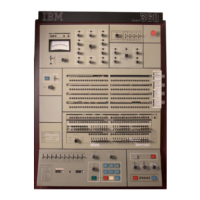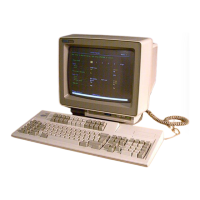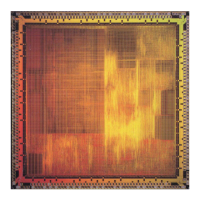If a string contains an apostrophe, you can enclose the literal string in double
quotation marks.
SAY "This isn't a CLIST instruction."
You can also use two single quotation marks in place of the apostrophe, because a
pair of single quotation marks is processed as one.
SAY 'This isn't a CLIST instruction.'
Either way, the outcome is the same.
This isn't a CLIST instruction.
The Format of REXX Instructions
The REXX language uses a free format. This means you can insert extra spaces
between words and blank lines freely throughout the exec without causing an error.
A line usually contains one instruction except when it ends with a comma (,) or
contains a semicolon (;). A comma is the continuation character and indicates that
the instruction continues to the next line. The comma, when used in this manner,
also adds a space when the lines are concatenated. A semicolon indicates the end
of the instruction and is used to separate multiple instructions on one line.
Beginning an instruction
An instruction can begin in any column on any line. The following are all valid
instructions.
SAY 'This is a literal string.'
SAY 'This is a literal string.'
SAY 'This is a literal string.'
This example appears on the screen as follows:
This is a literal string.
This is a literal string.
This is a literal string.
Continuing an instruction
A comma indicates that the instruction continues to the next line. Note that a space
is added between “extended” and “REXX” when it appears on the screen.
SAY 'This is an extended',
'REXX literal string.'
This example appears on the screen as one line.
This is an extended REXX literal string.
Also note that the following two instructions are identical and yield the same result
when displayed on the screen:
SAY 'This is',
'a string.'
is functionally identical to:
SAY 'This is' 'a string.'
These examples appear on the screen as:
Syntax of REXX Instructions
10
z/OS V1R1.0 TSO/E REXX User’s Guide

